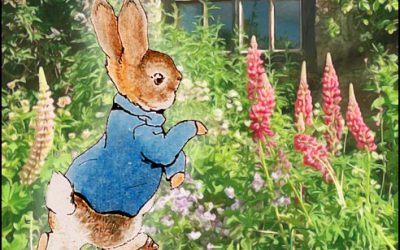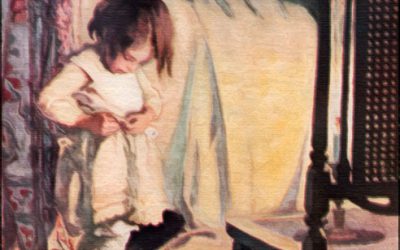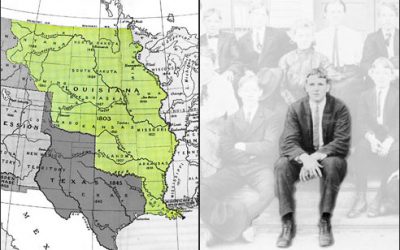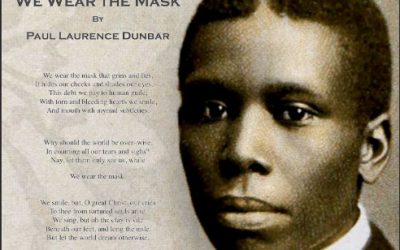Using Digital Content
We believe students should be creators with technology and not just consumers, so FCIT provides a wide range of digital assets for students to build their projects and, consequently, their understanding. But with well over 100,000 pieces of free digital content for the classroom, FCIT’s collections can be a bit overwhelming. The purpose of this blog is to highlight important areas of digital content and provide suggestions for using these digital “building blocks” in the classroom. Expect to find posts featuring FCIT’s clipart, photo, audiobook, and map collections among others. Your guide for this blog is Dr. Roy Winkelman.
Photo of the Month: Why Stripes?
Most students will easily recognize this zebra by its stripes. But why stripes? That question has interested scientists for a long time. And, no doubt, will interest your students as well. Too often students (and adults as well) expect all science to be...
Autumn in Verse
(Our friends from Australia and elsewhere in the Southern Hemisphere will probably prefer to celebrate the September equinox with our collection of spring poetry on Lit2Go.) Most classrooms I visit in autumn have sprouted colorful leaf bulletin board...
Photo of the Month: Bonsai – Art, Social Studies, Science
This is a photo of a fig bonsai tree taken at the Morikami Japanese Garden in Delray Beach, FL. This area was once home to the Yamato Colony, a Japanese settlement in Florida during the early twentieth century. The photo raises many questions that overlap...
Creating “Historic” Postcards
I collect old things. Old books, old maps, old stereoviews, and old postcards. Of these four, the postcards give the most personal insight into history. I enjoy both the image side of the card and the message side. If letters of yesteryear are the emails...
Photo of the Month: What is this bird doing?
This month's photo is a mystery for your students to solve. It's actually an anhinga drying its wings because it swims underwater to find food. Unlike other bird species, its wings become waterlogged so it can stay underwater completely and for longer than...
A Beatrix Potter Summer
Summer's a great time for kids to push away from the keyboard for a bit and engage in some decidedly non-digital activities, but that's not to say our digital collections can't be a great starting point. Beatrix Potter is one of the most popular authors on...
Seasons, Science, and Stevenson: The Bedtime Connection
Sitting out on the porch of my childhood home in Pennsylvania on the longest day of the year when daylight lingers well past nine, I started to reminisce about teaching seasons to elementary students in Florida, whose idea of seasons was pretty much...
Four Ways To Emphasize the Subject in Instructional Graphics
Sometimes we want to emphasize some part of an image we are using for instructional purposes. Here are four methods that we can use on instructional graphics and teach our students to use when they are creating informational materials. Adding a Highlight...
Annotating the Poetry of Paul Laurence Dunbar
Paul Laurence Dunbar was born June 27, 1872. He was one of the first African-American writers to establish an international reputation. His work frequently features a conversational tone, innovative rhetorical structure, and a colorful use of both dialect...
Photo of the Month: A Story in Stone
This month's photo is of Trajan's Column in Rome. It commemorates Emperor Trajan's victory in the Dacian Wars. Completed over nineteen centuries ago, the column is an amazing engineering and artistic work. Including the pedestal, the monument is 115 feet...










